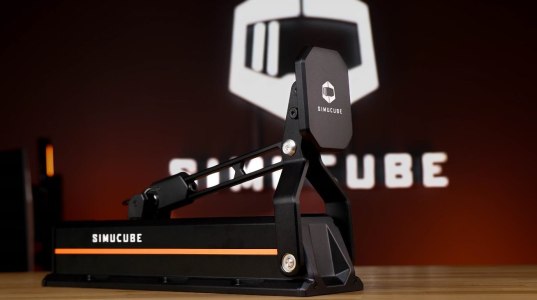I'm going to be working on a Sim display (F1 style) for the budget minded Sim racer. I'm going to use the arduino (possibly uno) to power the display. If anyone wants to throw some knowledge or past experiences my way, I'd be happy to take the help.
This will be a 100% open source project. I look forward to posting my progress here.
Scroll thought the posts to see update.
This will be a 100% open source project. I look forward to posting my progress here.
Scroll thought the posts to see update.
Last edited:















